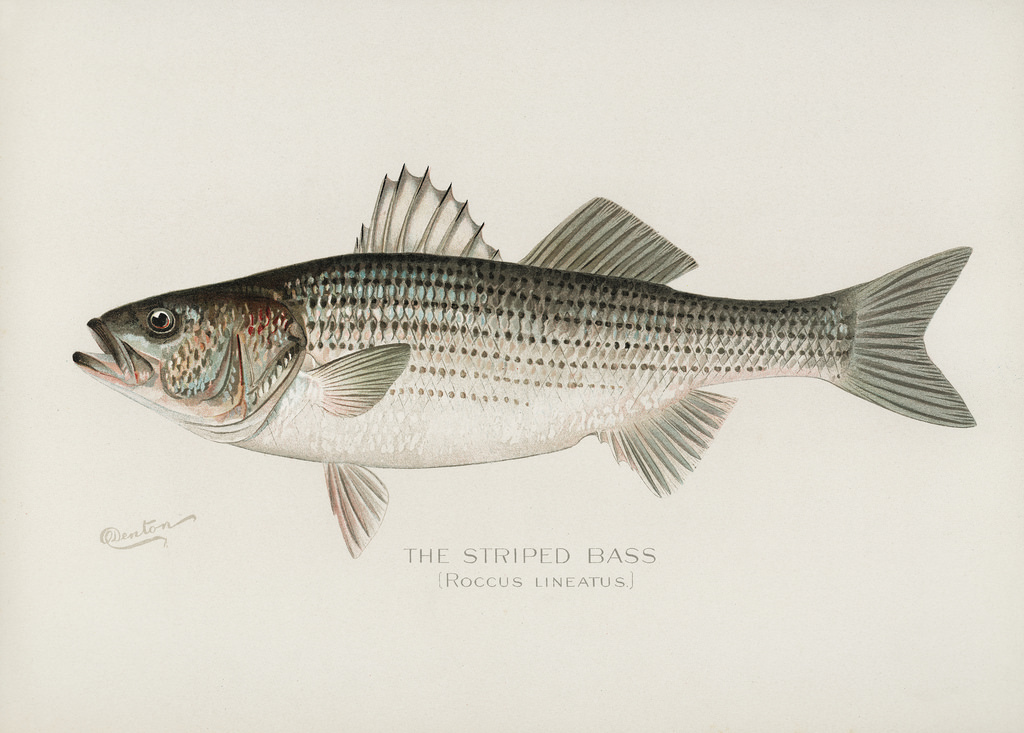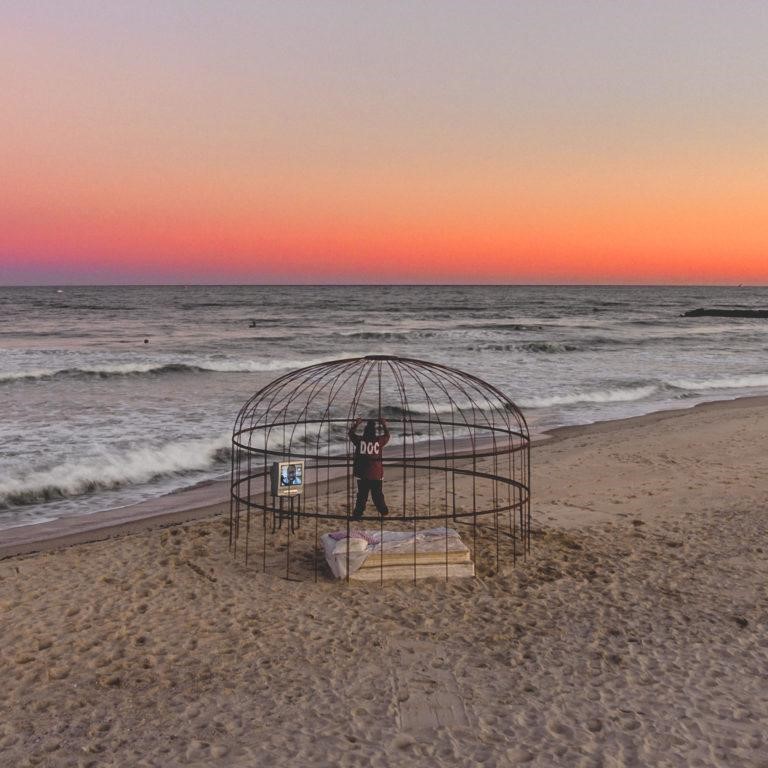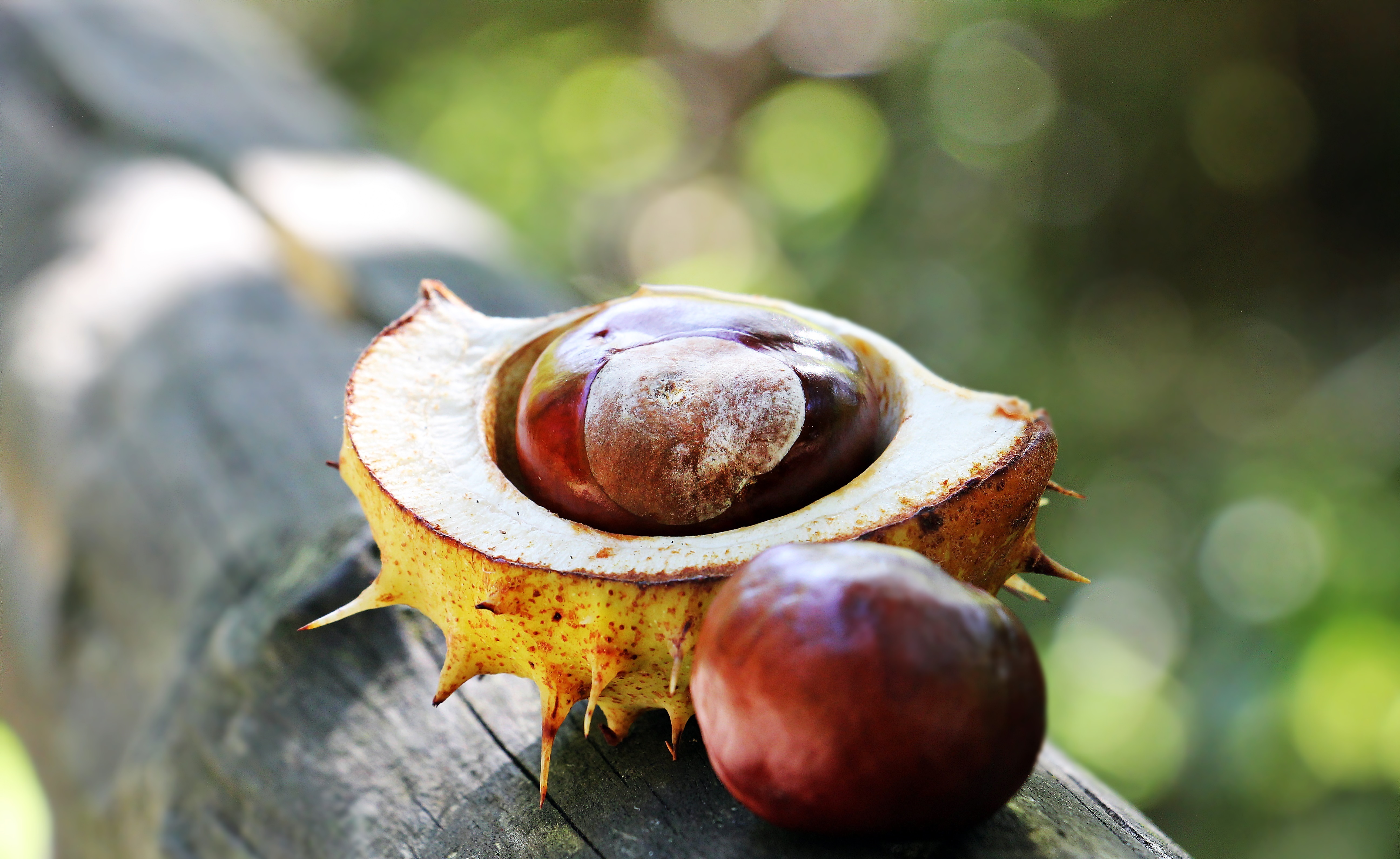For my co-op work term this summer I worked under biology professor Dr. Trevor Avery, helping his honours and graduate students with their theses and taking part in public outreach events for the Striped Bass Research Team. My week would generally start with field days in a boat with a local fisherman on both sides of the Windsor Causeway Tidal Barrier, which is bordered by the Avon River on one side, and Pisiquid Lake on the other. The Barrier is a gate that is manually operated, and as such it opens and closes on schedule with the tides until June. After the month of June, the gate remains closed unless flooding is expected in Pisiquid Lake, but fish movement is possible due to tennis ball-sized holes in the gate.
Some believe that the gate does not allow for fish movement, which would prevent fish from reaching food sources and spawning grounds. As a result, one of the projects I assisted with was focused on American Eel and White Perch movement across the barrier after June (when the gates remained closed). While in the field we also tagged Striped Bass, a large fish native to the Avon River. We caught them using gill and smelt nets and tagged them using a Dart tag, a long and yellow piece of plastic with a hook on the end to secure into the fish. If the bass was large enough to catch (over 50cm), we kept it for dissections. Our largest catch was over a metre in length.
The dissections we conducted in the lab were part of a graduate student’s project. His focus is on mercury accumulation, reproductive organ development throughout the year, and diet in Striped Bass. We collected tissue and liver samples for the mercury analysis and either preserved the Bass stomachs in alcohol or conducted a traditional stomach content analysis (cutting the stomach open and searching for physical evidence – and yes, it was gross).
Apart from those organs we collected scale samples and otoliths (calcium carbonate structures that allow the fish to remain upright while swimming) for ageing the fish. Some of the bass that were dissected were donated from local fishermen, and as a lab we were often invited out with the fishermen to fish with them. This was hugely beneficial because we collected valuable tips and learned where the hot spots were for bass fishing. Though I’m not one to brag, I can officially say that I caught my first fish this summer: a 95cm bass.
As a part of the Striped Bass Research Team I also attended fishing derbies over the summer. One of them was the Miramichi Striper Cup- the most competitive event I’ve ever seen. Over 200 teams registered this year and approximately 600 bass were caught, with the grand prize being a new boat worth several thousand dollars. Despite the intense competition, the competitors really cared about keeping the fish alive. There were only 9 fatalities throughout the event, which I believe was an all-time low. The community once had a diminishing population of bass, so the fact that over 600 bass were caught and so few fish lost their lives was a huge deal.
I came into the summer knowing little to nothing about the Windsor Causeway and the history behind it. I knew even less about the variety of fish species that are found in Nova Scotia. Though my co-op term is up and school is back in session, the importance of the work I did still resonates with me. I hope future work terms are just as much fun as I had this summer, but as a little blue fish once said, “just keep swimming”.
Kelsey Crouse is a 3rd year Environmental Science student and former Student Research Assistant for the Striped Bass Research Team





